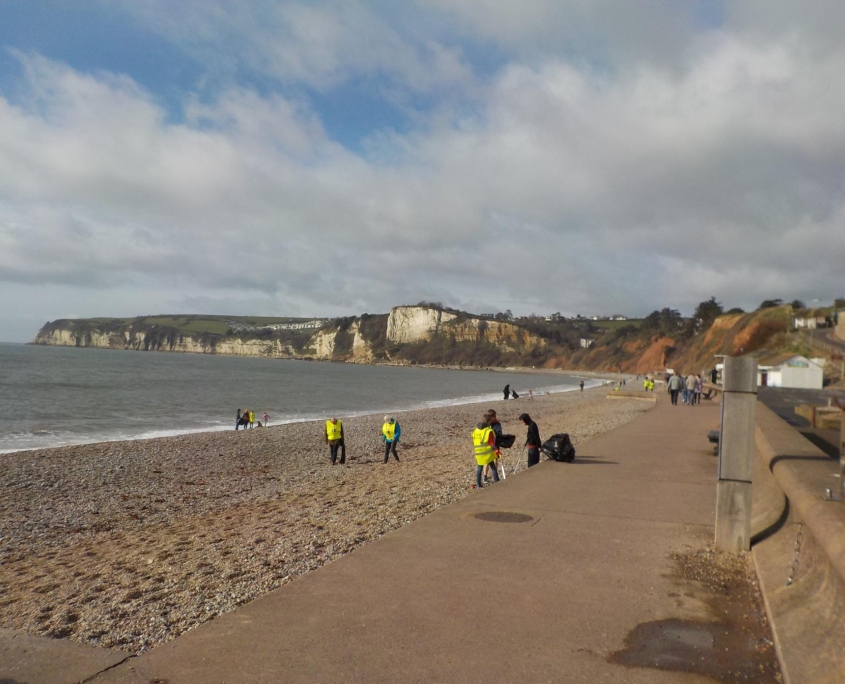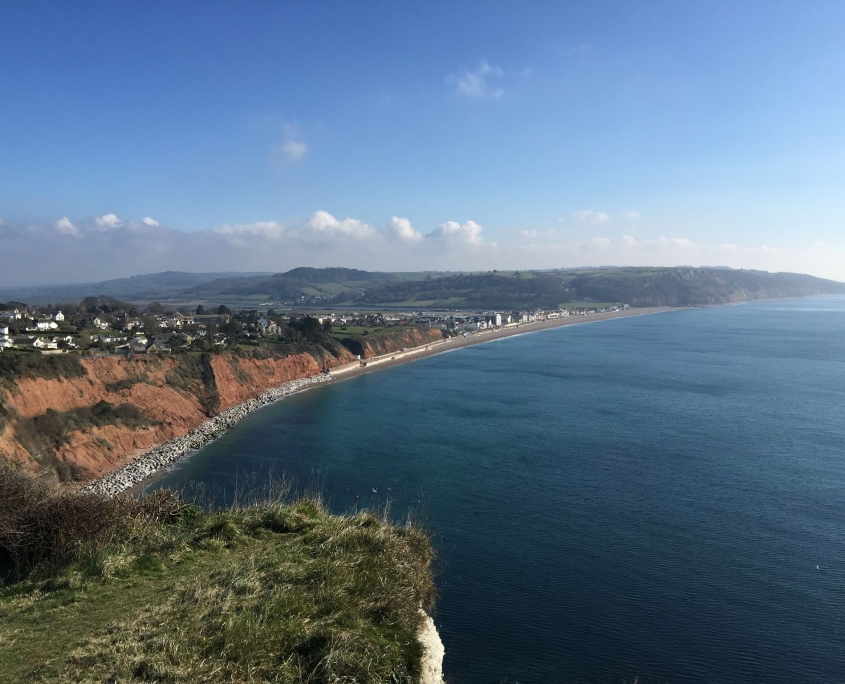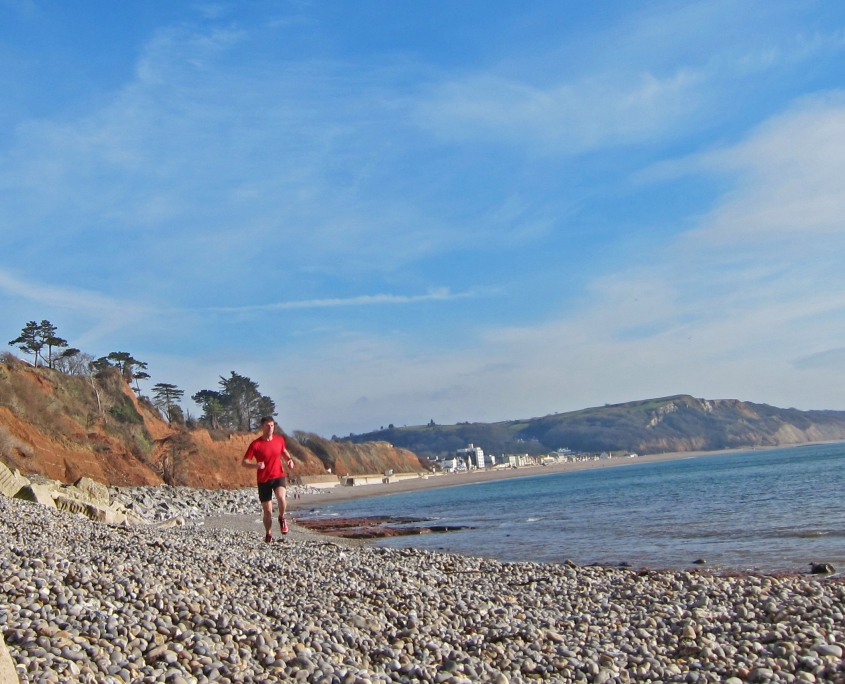Heart of the Jurassic Coast
Seaton boasts a diverse natural environment in a stunning geographical location at the heart of the Jurassic Coast World Heritage Site.
The Dorset and East Devon Coast World Heritage Site, known as the Jurassic Coast, is England’s only natural World Heritage Site, designated as such due to its incredible geology which represents 185 million years of the earth’s history in just 95 miles. The oldest Triassic rocks in East Devon are between 200-250 million years old and there are stunning examples of coastal sea stacks and cliffs, formed from distinctive desert-red sandstone contrasting with the striking white chalk landmarks such as Beer Head (c.90 million years) which are visible from Seaton’s beach.
Please click on the links below to download walking maps along the Jurassic coastline around Seaton.
Axmouth to Lyme Regis along the Undercliffs
New Heritage Trail Leaflet 2024
Seaton is within the East Devon Area of Outstanding Natural Beauty (AONB), which is a unique landscape, full of contrast and colour, diverse and rich in wildlife – a landscape, shaped by centuries of farming, with a natural beauty that’s so precious it’s protected in the nation’s interest.
Designated in 1963, the East Devon AONB boundary protects 103 square miles (268 sq kms – approximately 32%) of East Devon District, including all or part of 30 parishes and the East Devon section of the ‘Jurassic Coast’ World Heritage Site.
Walk the East Devon Way: Walk the route | East Devon Way






